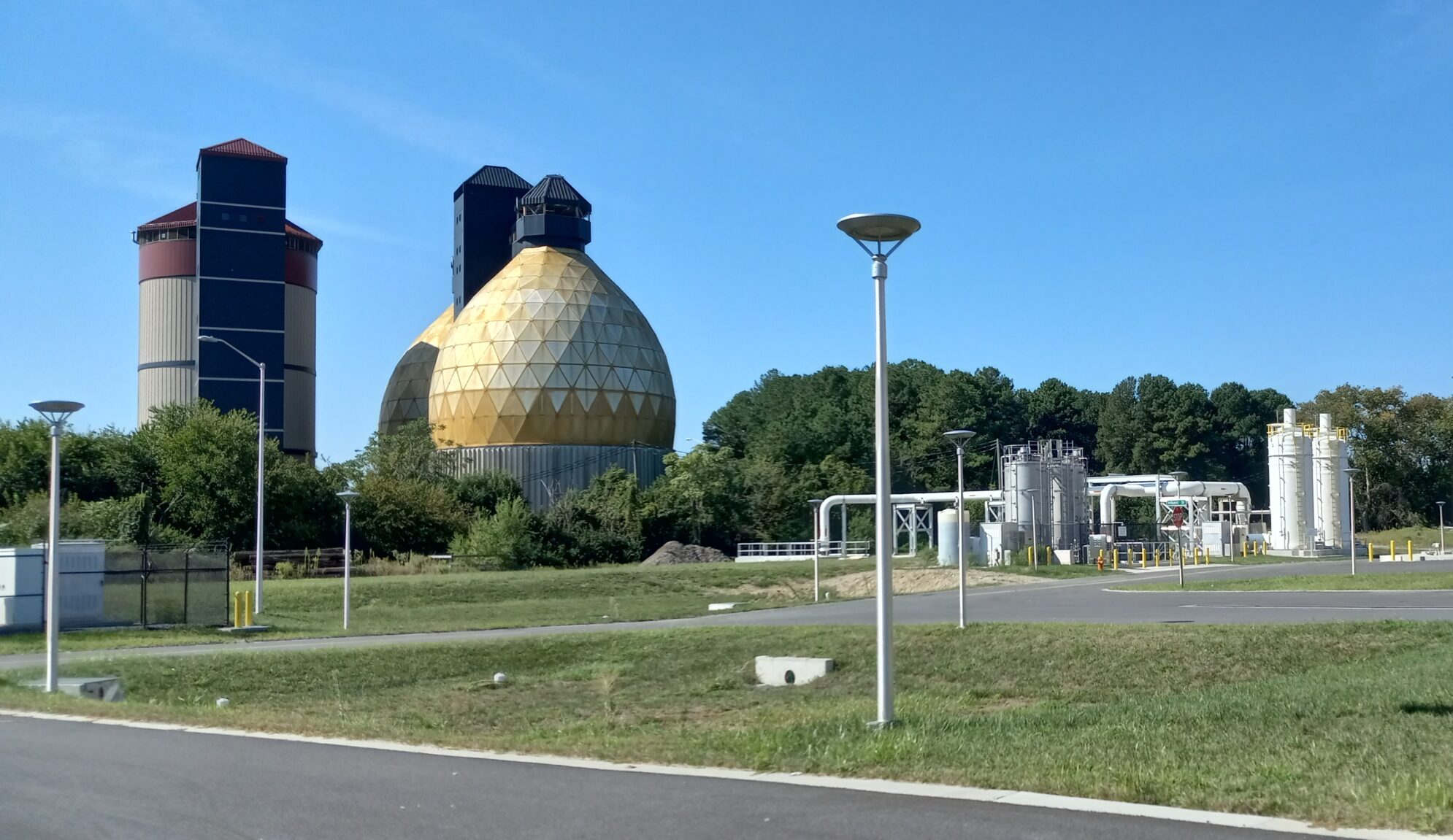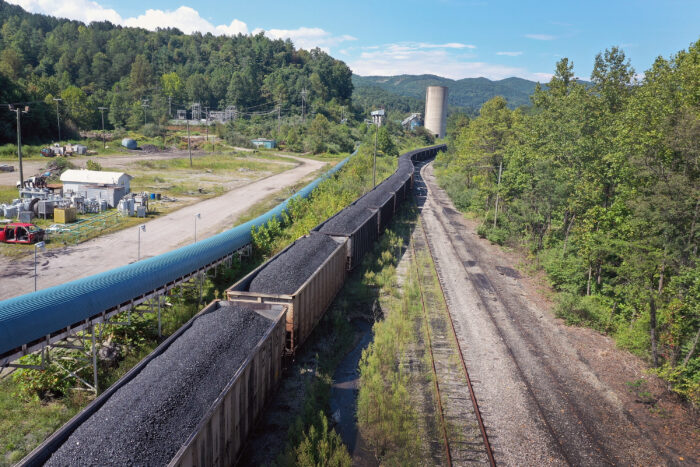Baltimore water restructuring efforts begin with a trickle, but officials aim for a gusher of reforms

The old political axiom, attributed to the late New York Gov. Mario Cuomo (D), that “you campaign in poetry, you govern in prose,” was on prosaic display on Wednesday evening, as a newly formed task force studying the governing structure of water and sewer services in the Baltimore area held its inaugural meeting at the Randallstown Community Center.
The meeting was freighted with technical jargon, organizational charts and histories of signed agreements regarding the governance of the water supply and wastewater treatment in the region — largely driven by the Baltimore City government, which owns and operates most of the water assets in the region.
The “poetry,” to the extent there was any, was supplied by Baltimore Mayor Brandon Scott (D) and Baltimore County Executive Johnny Olszewski Jr. (D), who penned a commentary in The Baltimore Sun a few days earlier, urging the members of the Baltimore Regional Water Governance Task Force to move swiftly and think boldly as they seek to recast the governing structure for the first time in half a century.
“This once-in-a-generation collaboration is also the result of the work of so many dedicated leaders in Maryland, including Gov. Wes Moore, Senate President Bill Ferguson, House Speaker Adrienne A. Jones and the Baltimore City and County Delegations, who join us in thinking regionally, embracing the challenge of ensuring the next generation will not inherit the legacy of decisions that no longer reflect our region’s needs, and who are ready to deliver on the promise of our region’s shared future,” Olszewski and Scott wrote.
“We’re going to be putting in a lot of work in a relatively short period of time,” Baltimore City Comptroller Bill Henry (D), who is chairing the 13-member task force, told his colleagues at the outset of Wednesday’s 2 1/2-hour meeting.
Under existing state law, Baltimore City bears the sole responsibility for the water supply and wastewater operations, maintenance, and capital investments, while Baltimore County is the only surrounding jurisdiction that pays a significant share of these costs. But some residents in Carroll, Harford and Howard counties also receive water and sewer services from the city-owned utility. Anne Arundel County pays for water access in case of an emergency shortage.
Nevertheless, jurisdictional confusion over which agency is responsible for what, particularly as the population in the city shrinks while it grows in surrounding counties, persist. The system serves 1.8 million customers overall, and includes three reservoirs, three water and wastewater treatment plants, 3,700 miles of pipeline, and 19 pumping stations.
Yet the push to restructure the water and wastewater system took on more urgency following operational problems over the past few years at the city-owned Back River Wastewater Treatment plant, which sits on a Chesapeake Bay tributary in Baltimore County.
“We have now become the generation that’s paying the price for previous generations not taking care of the things they should have,” Henry said.
Over the next few months, the task force is going to study a number of issues as it looks to restructure the water and sewer utility, including how potential changes would impact the management structure and operations, recruitment, training and retention of workers, billing and collections, capital improvements, emergency management, and rate stability.
“We also have to make sure the system is charging enough to take care of itself,” Henry said.
The task force is going to also look at the governing structure of other water and wastewater utilities around the country — including WSSC Water, the sometimes-controversial and politically dysfunctional agency that provides services to Prince George’s and Montgomery counties. The current WSSC general manager, Kishia L. Powell, and her immediate predecessor, Carla Reid, are among the members of the Baltimore task force.
Although the task force was created by legislation in this year’s General Assembly session, there’s a mistaken impression that its work product must result in state legislation as well. Henry noted that the task force is required to submit a report with recommendations for changing the structural management of the water and sewer system to the mayor, Baltimore County executive and governor in January 2024.
“Depending on what we come up with, it is possible that what we come up with can be worked out through local discussions and not [state] legislation,” he said.
A member of the task force, state Del. Dana Stein (D-Baltimore County), said the state must be part of any discussions about the future of the water and sewer utilities, because state agencies issue permits for its facilities.
The next meeting of the task force will take place on Oct. 4 at the Middle Branch Fitness and Wellness Center, 201 Reedbird Ave., in Baltimore.
Other scheduled meetings:
- Oct. 18, at Community College of Baltimore County Essex campus, Robert and Eleanor Romadka College Center, Upper-level Lobby, 7201 Rossville Blvd., Essex;
- Nov. 1, at Mount Pleasant Church and Ministries, 6000 Radecke Ave., Baltimore;
- Nov. 16, virtual;
- Jan. 25, 2024, virtual
All meetings begin at 6 p.m. and will be livestreamed on the Baltimore County government’s YouTube page.




 Creative Commons Attribution
Creative Commons Attribution